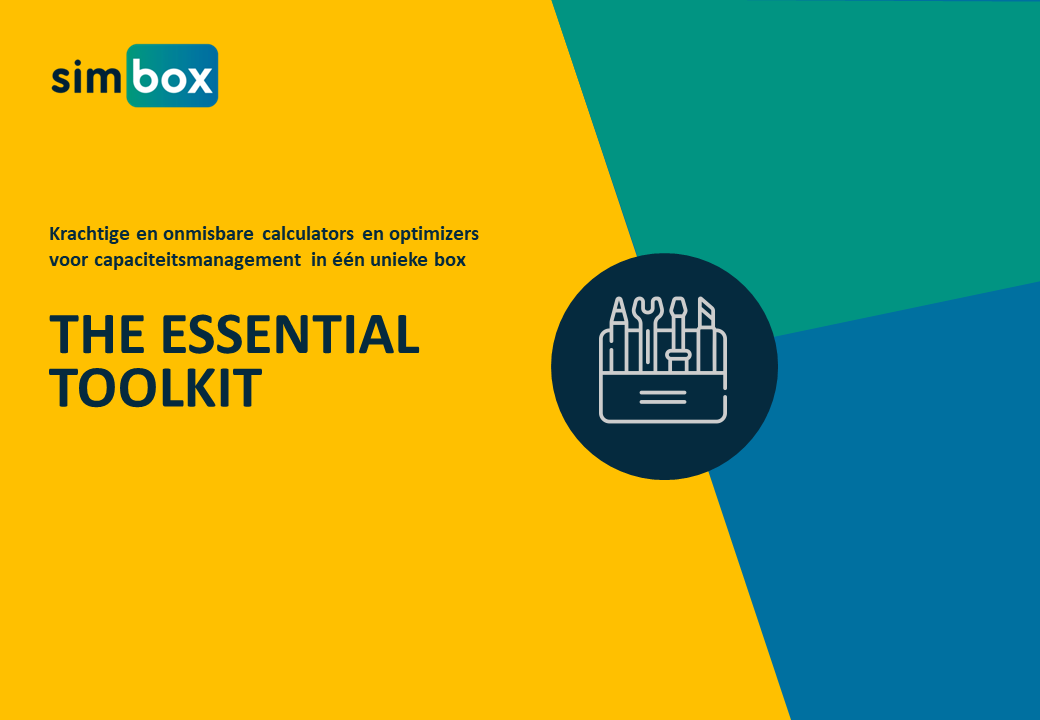
When designing an OR schedule, a large number of conditions come into play. For example, certain doctors will have a preference for a certain day that must be taken into account. Such conditions will reduce the number of possible unique OR schemes, but one thing is certain: the number of possible OR schemes remains too large to calculate them all.
It is therefore not surprising that the coordination between the OR and the bed house can be greatly improved. This cannot be done by hand. We have accepted this challenge and developed a complete, powerful and smart OR scheduler that comes up with a better OR schedule within 30 seconds, tailored to the bed house.
This OR scheduler had to be able to accurately calculate the effect of an OR schedule on the bed requirement in the clinic to the nearest half hour. This also makes it possible to take operations and recordings with you that stay relatively short.
But we also wanted the order of operations in OR sessions to have an influence. After all, it makes a difference whether a doctor does 3 hips first, and then 3 shoulders or alternately.
But if we’re talking about a hospital with 10 operating theaters that are open from Monday to Friday from 9 a.m. to 5 p.m., and where a session can also be scheduled to the half hour in the OR schedule, then there are 10 (room) * 5 (days) * 8 (hours per day) * 2 (half hours per hour) = 800 possible slots. Perhaps the hospital works with a schedule for the odd and even weeks, then it is already 1600 slots. Or even with a 4 week schedule, 3200 slots. And to think that maybe 100 OR sessions have to be planned. Then a slot has to be chosen for each session. For the first session that will be 3200 possibilities, while for the second there will be 3199 left, et cetera. So in the end a lot of combinations, too many to calculate all of them.
Fortunately, some combinations are not allowed. For example, because OR sessions overlap, or because an OR session exceeds the room closing time, or because certain sessions are not allowed on certain days in certain operating rooms.
Anyway, how do we solve such a complex issue within seconds? Of course we’re not going to reveal all of that. But we have ‘translated’ the problem into an ILP (Integer Linear Programming) problem. And we solved this one. There are also several possibilities for this translation, just as there are several roads to Rome. However, one of them is the shortest. For example, we also thought carefully about how this should be translated. In the end we found an efficient translation, which allows us to solve the ILP within a few seconds to a few minutes at most.
But it’s not just the beds that play an important role. In this way we also provided insight into the resource requirement. How much imaging is needed, and how many sets of instruments? Instruments that are required for an operation, and can be used again after cleaning for a subsequent operation. By planning the sessions well, not only can the number of beds required be optimized, but also the number of sets required.
